As we end our sixth year, reflection on the past year is a common thing to do. For us, it is the time when our policy committee – the Community Leadership Council (CLC) – reviews what happened this year, and what they want us to focus on in the coming year. We landed on some interesting themes, and those themes were affirmed by different activities afoot across the nation.
Equality
First, for a group trying to grow a movement, the Occupy protests were fascinating to follow, as were our own media’s reaction to the protests. Occupy followed what is now referred to as the Arab Spring, where the world watched nations rise in protest against governments, against injustice, and – in some cases – without violence. Here in the US the media lauded the notion of the oppressed fighting for their rights. Yet, that same media did not have the same reaction to protesters in our streets, talking about income inequality, and demanding that something be done. Our CLC members took note, and saw outrage and frustration on the faces of protesters, and for the most part, civic and political leaders focused on the camp logistics, rather than trying to understand what the protesters were seeking.
Then, a few weeks ago, the New York Times published an opinion piece about equality, and how nations that have more equality also have better health. It was based on the work published in a book called The Spirit Level, written by Richard Wilkinson and Kate Pickett. So, our CLC has agreed to read this book and see what it has to guide us.
Victory in Vermont
This past week, several community organizers from Vermont were traveling in Oregon to talk about their successful three-year campaign to pass state legislation establishing health care as a human right. When that bill was signed the media described Vermont as passing the first “single payer” legislation in the country. Yet, the community organizers were clear to point out that they do not consider their bill to be about single payer, and in fact did not use the term ‘single payer’ throughout their three-year campaign. They used what they called a “human rights” framework to drive their community discussions, their advocacy and the language in the legislation. They started by asking Vermonters what they thought every person should be entitled to, then agreed to a set of principles, and finally used those principles to guide their advocacy. Vermont was able, therefore, to pass a bill that includes everyone in the state, and excludes no one. They have a lot of work ahead of them to implement the bill, but it is impressive that in this climate of fear they achieved a step no other legislative body has been able to achieve.
Progress in Oregon
In April, Governor Kitzhaber introduced legislation creating state-based versions of Accountable Care Organizations. His original remarks are an interesting counterpoint to the draft business plan that is currently seeking public comment by the Oregon Health Policy Board. Without using principles to guide the discussion, what started out as bold, has swung back towards status quo – not all the way, but significantly back towards the middle. We hope some communities will attempt to be bold, but it is a tough economic climate for innovation and daring. One example of shift is that the proposal at one point called for community governance, but the draft plan now recommends that 51% of the governance be by those who are taking financial risk. It seems that we are either all taking the risk, or some are taking the risk but not having power at the governance table. The community voice then gets relegated back to advisory rather than governance. We see a big difference between those two. You can make comments on the draft plan (PDF) by sending an email to ohpb.info@state.or.us before January 3rd.
The Fourth Sector
And for almost two years, our CLC has been following the work of the Fourth Sector, which has recommendations about for-benefit models of corporations. We’re hoping to get Heerad Sabeti to come to Oregon to talk about this model. It could help Oregon’s reform efforts, but agreeing at the front end are critical. They will – and should – guide the work that follows. Here’s what the Fourth Sector recommends as core attributes (PDF):
- Social Purpose: a core commitment to social purpose embedded in its organizational structure.
- Business Method: the organization can conduct any lawful business activity that is consistent with its social purpose and stakeholder responsibilities.
- Inclusive Ownership: the organization equitably distributes ownership rights among its stakeholders in accordance with their contributions.
- Stakeholder Governance: the organization shares information and control among stakeholder constituencies as they develop.
- Fair Compensation: the organization fairly compensates employees and other stakeholders in proportion to their contribution.
- Reasonable Returns: the organization rewards investors subject to reasonable limitations that protect the ability of the organization to achieve its mission.
- Social and Environmental Responsibility: the organization is committed to continuously improve its social and environmental performance throughout its stakeholder network.
- Transparency: the organization is committed to full, accurate assessment and reporting of its social, environmental and financial performance and impact.
- Protected Assets: the organization can merge with and acquire any organization as long as the resulting entity is also a social purpose entity. In the event of dissolution, the assets remain dedicated to social purposes and may not be used for the private gain of any individual beyond reasonable limits on compensation.
With these kinds of agreements in place, whether one calls themselves for profit or non-profit would lessen in importance. We all know socially responsible for profit businesses and non-profits that spend funds in ways we don’t agree with. Can you imagine ways to change that? We can. Our CLC wants to change the framework, so that we actually get to the change we’re seeking.
Health, Care, Reform and You
So back to the title – health, care, reform and you. We can get to better health, but not without you. We can even get better care that does not necessarily result in better health. We can pass reforms and not get to better care or better health. The only way to get to all three – health, care and reform is with you. You taking an action – it can be simple, like deciding to become more informed. Or you can decide to sleep on a cold and wet sidewalk until something changes. There are lots of options in between, but we will only get to fundamental change with you and with your support.
Please consider a year-end charitable gift to We Can Do Better.
Thank you, and have a wonderful and happy new year.

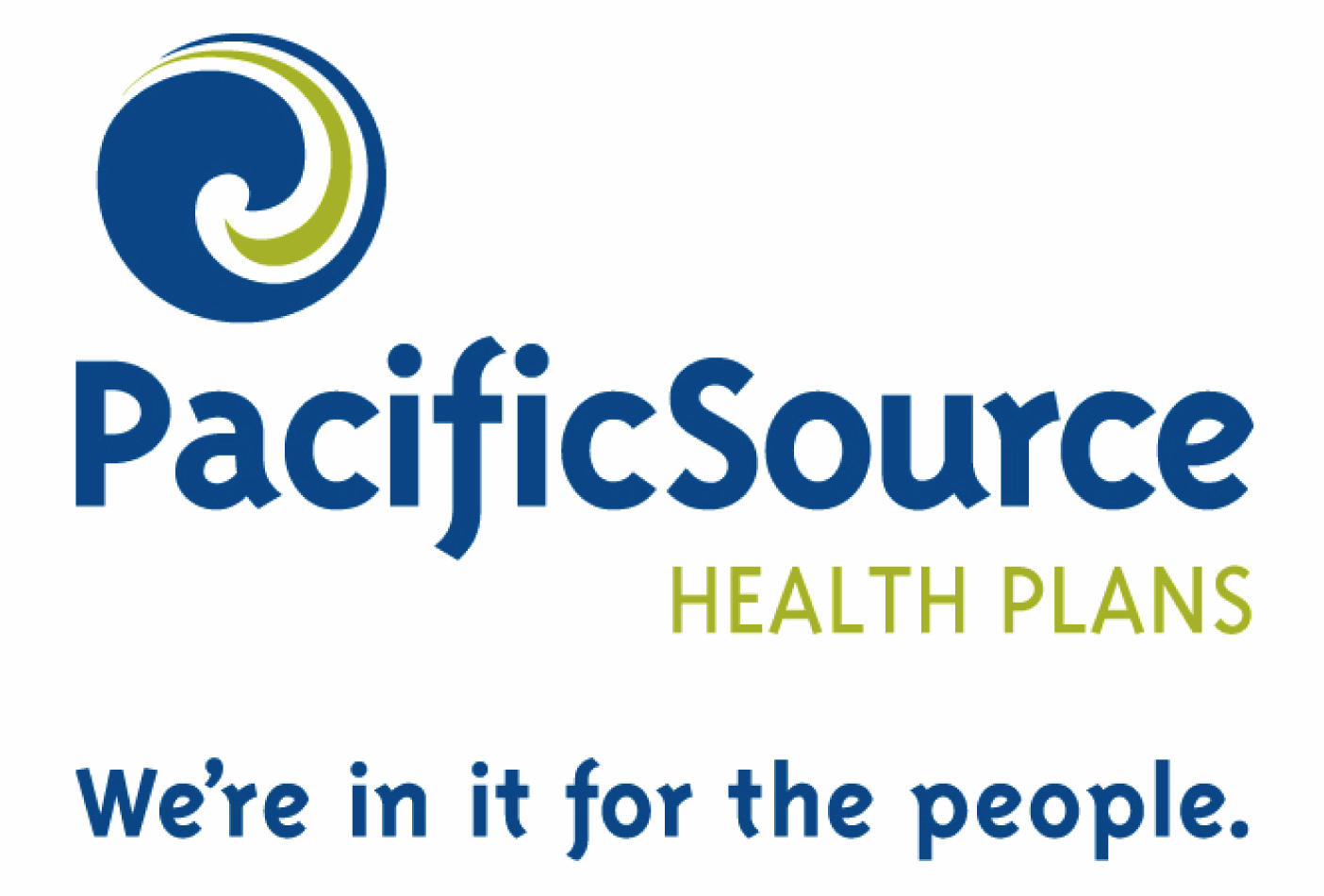
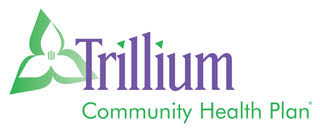
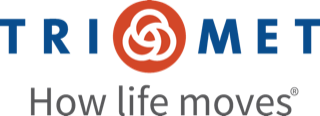

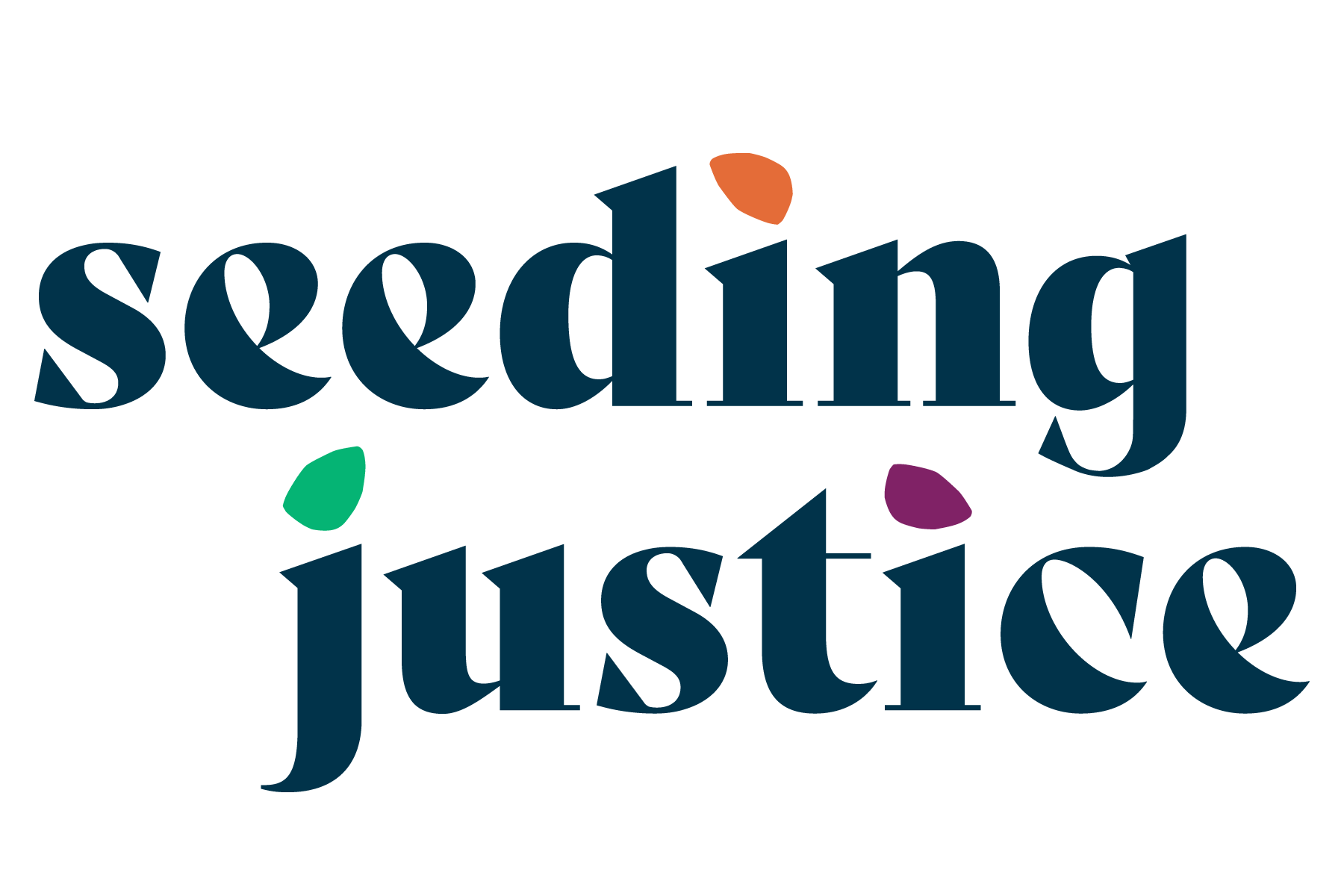

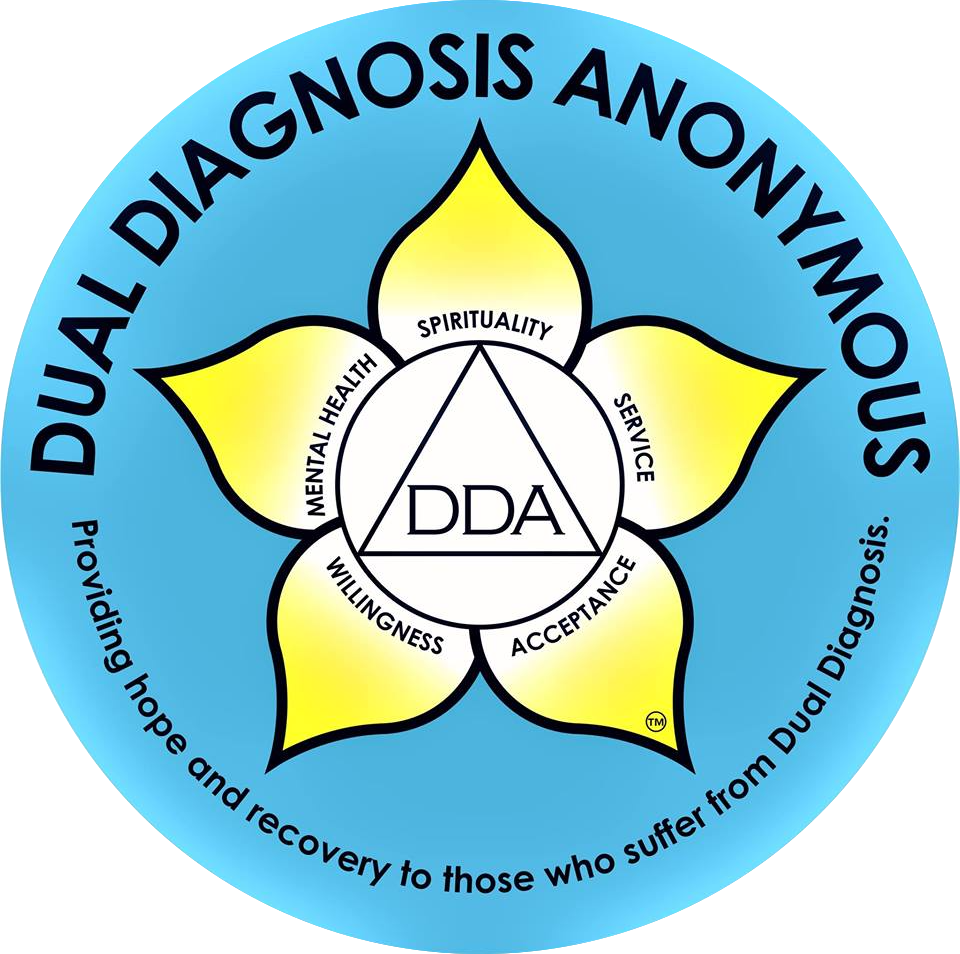


Recent Comments